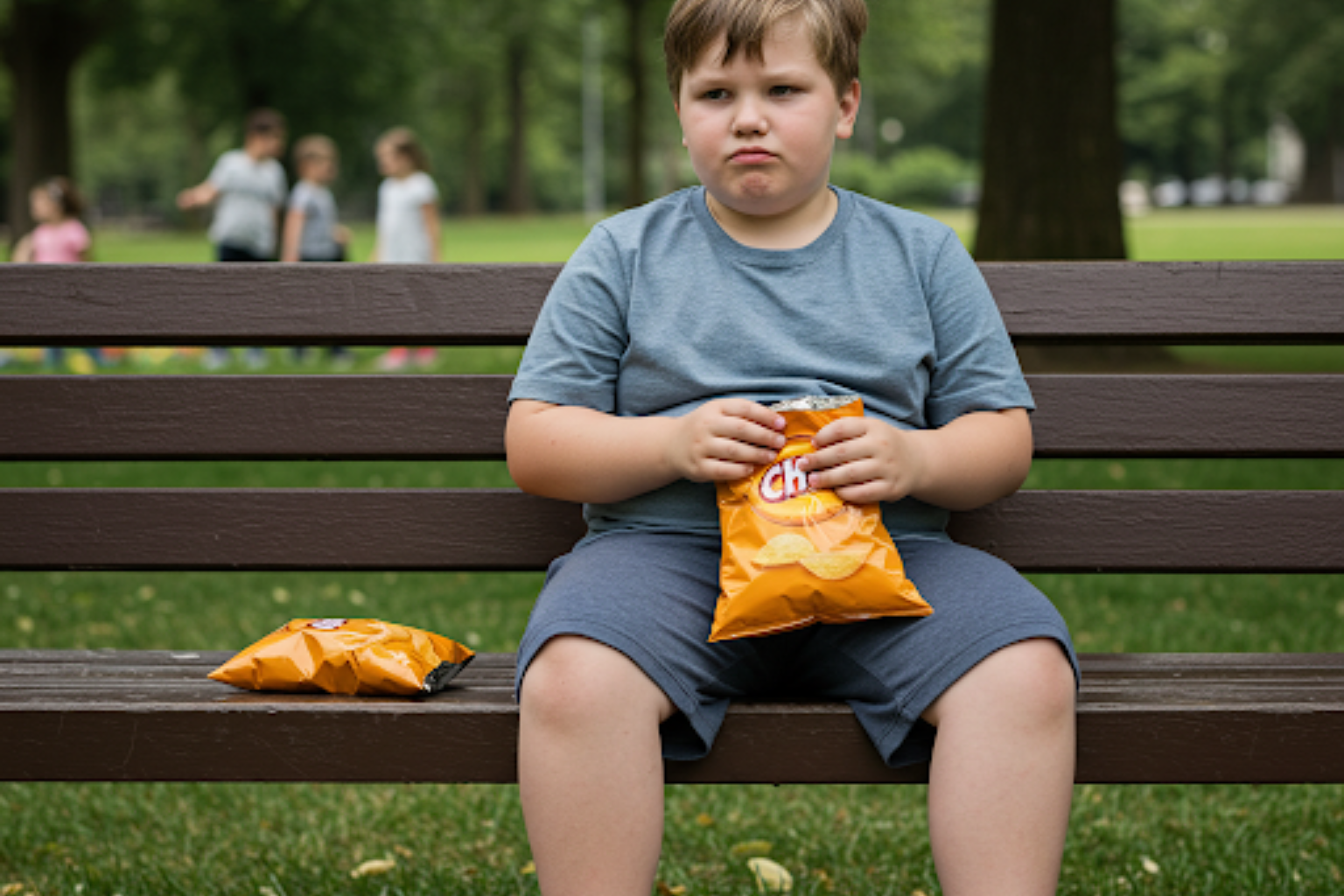Childhood obesity has become one of the most serious public health challenges of the 21st century. It affects millions of children worldwide and has long-term consequences not only on physical health but also on emotional well-being and self-esteem. Unlike what many might think, obesity is not simply a matter of eating too much. It results from a complex mix of genetic, environmental, behavioral, and social factors.
To effectively support children in growing up healthy, it’s important to understand the causes of childhood obesity, its consequences, and the practical ways families and caregivers can help prevent it.
1. What Is Childhood Obesity?
Childhood obesity is defined as excess body fat that can negatively affect a child’s health and development. It’s typically diagnosed using the Body Mass Index (BMI), adjusted for age and sex. A child with a BMI at or above the 95th percentile is considered obese.
While BMI isn’t a perfect measure, it gives a useful overview and is widely used by pediatricians and healthcare providers to assess growth and health risks.
2. What Causes Childhood Obesity?
Childhood obesity is usually the result of an imbalance between the number of calories consumed and the number of calories used by the body for normal growth and physical activity.
Common Contributing Factors:
- Poor eating habits: Diets high in processed foods, sugar, and saturated fats, with low fruit and vegetable intake.
- Lack of physical activity: Many children spend hours daily in front of screens and don’t get enough movement.
- Genetic predisposition: Children with obese parents are more likely to become obese due to both genetic and lifestyle factors.
- Emotional factors: Stress, anxiety, or boredom can lead to emotional eating.
- Environmental influences: Easy access to unhealthy food, limited safe spaces for physical activity, and food marketing targeted at children.
3. Health Consequences of Childhood Obesity
Obesity in children is not just a matter of appearance. It can lead to serious, long-term health problems, both physical and psychological.
Physical Health Risks:
- Type 2 diabetes
- High blood pressure and cholesterol
- Joint pain and musculoskeletal issues
- Sleep apnea and breathing problems
- Early onset of puberty or hormonal imbalances
Emotional and Social Consequences:
- Low self-esteem and negative body image
- Social isolation or bullying
- Increased risk of depression and anxiety
- Reduced academic performance due to fatigue or emotional stress
4. The Role of the Family
Families play a central role in shaping a child’s habits. Creating a home environment that promotes healthy behaviors can prevent and even reverse obesity.
What Parents and Caregivers Can Do:
- Model healthy eating habits: Children are more likely to eat nutritious foods when they see their parents doing the same.
- Avoid using food as a reward or punishment: This can create emotional associations with food.
- Cook at home more often: Involving children in meal preparation increases awareness of what they are eating.
- Set screen time limits: Encourage outdoor play and active hobbies instead of passive screen use.
- Establish a routine: Consistent meal and sleep times help regulate hunger and reduce impulsive snacking.
5. How to Encourage Physical Activity
Children need at least 60 minutes of moderate to vigorous physical activity each day. The key is to make it fun and part of the family routine.
Ideas to Keep Kids Moving:
- Go for walks, bike rides, or hikes together
- Play sports or sign up for a fun class (dance, martial arts, swimming)
- Use household chores as opportunities to move (sweeping, gardening)
- Limit sedentary time and encourage movement breaks during long sitting periods
6. Building Healthy Eating Habits
Nutrition doesn’t have to be complicated. It’s about balance, variety, and consistency.
Practical Tips:
- Offer fruits and vegetables at every meal
- Choose whole grains over refined grains
- Keep healthy snacks available (nuts, yogurt, fruit)
- Avoid sugary drinks like soda and replace them with water
- Involve kids in choosing and preparing meals to build interest in healthy food
7. Supporting Children Emotionally
Addressing obesity is not just about diet and exercise. It’s also about self-worth, confidence, and understanding that weight is not the sole measure of health.
How to Provide Emotional Support:
- Avoid shaming language or judgment
- Celebrate non-appearance-related achievements
- Teach kids to listen to their hunger and fullness cues
- Be patient—change takes time and consistency
- Seek help from professionals (nutritionists, psychologists, pediatricians) when needed
8. When to Seek Professional Guidance
If a child’s weight is causing health problems or emotional distress, or if lifestyle changes at home aren’t effective, it’s important to seek help.
Professionals Who Can Help:
- Pediatricians for growth assessments and medical advice
- Nutritionists or dietitians for balanced meal planning
- Psychologists for emotional support or eating behavior issues
- Physical therapists or trainers for appropriate exercise routines
9. Long-Term Outlook and Prevention
Preventing childhood obesity is about building lifelong healthy habits. Early intervention and education create a strong foundation for future well-being.
Prevention Strategies:
- Start healthy habits early—even in toddler years
- Educate about balanced meals and the importance of activity
- Address emotional needs and provide a safe, supportive environment
- Make health a family priority, not just a child’s responsibility
Final Thoughts: A Holistic Approach Matters
Childhood obesity is a complex issue that requires compassion, understanding, and consistent effort. Blame and pressure don’t lead to lasting change—support and education do. By creating environments that encourage healthy habits, provide emotional safety, and celebrate children’s strengths beyond their appearance, we lay the groundwork for healthier futures.
